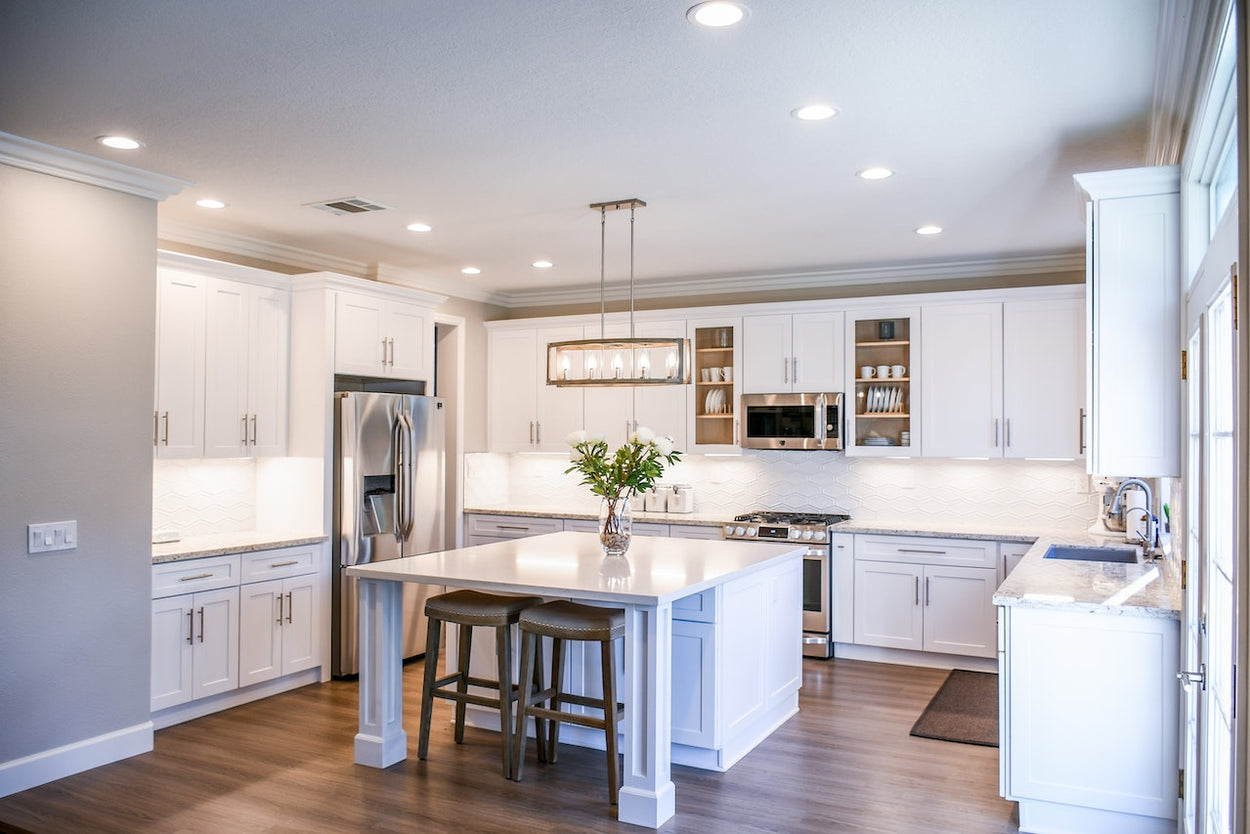What type of water supply is suitable for basic residential reverse osmosis system?
The mains water supply in most population centres is usually suitable to supply a reverse osmosis water filter system. The water should be what is called potable water, which means it is usually chlorinated and doesn't contain slimes, cysts and bacteria as these are usually killed with chlorination.
In some locations the water is either un-chlorinated or contains too little chlorine to be effective, in this situation a UV steriliser will need to be added to the system to stop slime contamination of the membrane.
Mains water pressure is important for efficient operation, the ideal pressure is 350 kpa (50 psi) or more, reverse osmosis systems love pressure and operate at best with good pressure. The will operate down to 280 kpa (40 psi) but at a lower efficiency that at 350 kpa or greater, anything lower than 280 kpa will effect the system to the point they will hardly work at all, in these situations either a permeate or electric booster pump can be installed to address the pressure issues, these can be supplied at an additional cost. You will find some Undersink reverse osmosis systems come standard with an electric booster pump included; these systems are the poorest quality Chinese systems on the market. Water temperature can be an issue for reverse osmosis membranes, if the in-feed water was to get to 45 degrees it will damage the membrane. If you live in a hot area and have your cold water pipes running on the outside of the building in the full sun or have them running through the roof (rare) then you may need to check the temperature of the water coming out of the pipe after that tap not been used for a little while.

